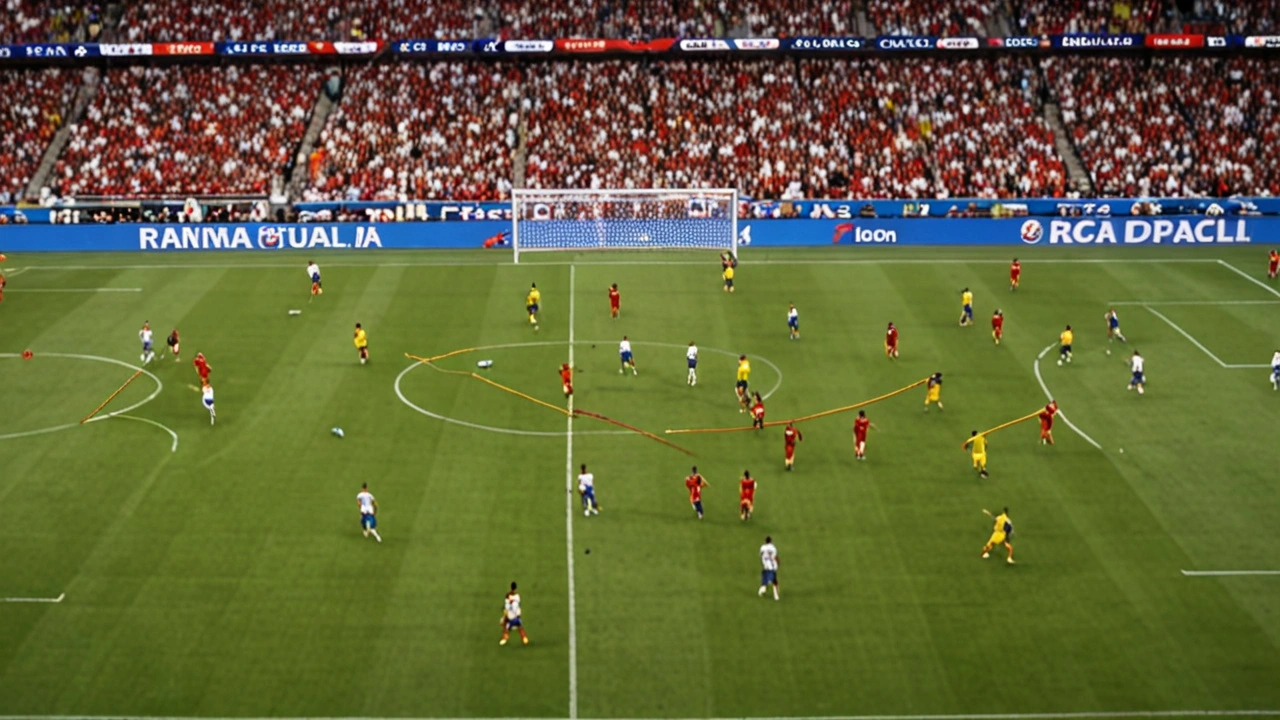Want to understand how football teams actually win? It’s not just about strong players running fast; it’s about smart strategies that guide every move on the field. Whether you’re a fan, a player, or just curious, knowing the basics of football tactics helps you see the game in a new light.
First, every team starts with a formation. This is how players are arranged on the pitch. Common setups like 4-4-2 or 3-5-2 each come with strengths and weaknesses. For example, a 4-4-2 balances defense and attack, while 3-5-2 packs the midfield but can leave some gaps at the back.
Teams usually pick between attacking or defensive strategies based on their opponent. An attacking plan focuses on keeping the ball and pushing forward with quick passes and overlaps. Think of Manchester City’s style, where they dominate possession and create scoring chances with smart movement.
On the other hand, defensive strategies prioritize stopping the other team from scoring. A popular tactic is the "counter-attack," where a team stays solid at the back and suddenly breaks forward once they win the ball. Many successful sides use this approach to catch opponents off guard.
Football is fast, and coaches must adapt their strategy on the fly. Substitutions and formation changes happen to respond to what the opponent is doing or to protect a lead. For instance, bringing in fresh legs might help a team press harder in the last 20 minutes, or switching to a more defensive shape might help keep a one-goal advantage.
Great football strategies come from understanding both your team’s strengths and your opponent’s weaknesses. It’s like a chess match on grass, where every move can tilt the balance. Next time you watch a match, try spotting these tactical battles — you’ll find the game even more exciting.
